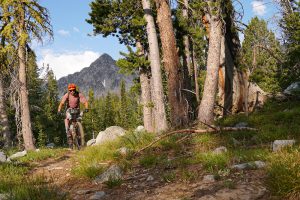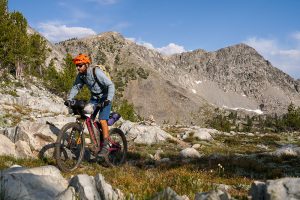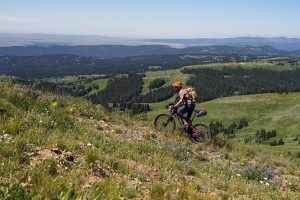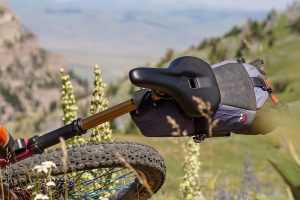Blog
stories • happenings • adventures
Kurt Refsnider has quite the impressive endurance biking resume, and he’s out on the trail and at it again with a new huge challenge: The Continental Divide National Scenic Trail. Kurt is estimating that this endeavor will take about 3 or so months and the entirety of the trail includes 3,100 miles with ~2,000 miles of “trail” (trail being very loosely used here) and around 340,000 feet of climbing! This trip has been on Kurt’s bucket list for well over a decade and only a few folks have ever ridden the bike-legal versions of the trail (~35% of the official CDT is closed to bikes). But what does one pack for a 3-month backcountry singletrack tour in big mountains with ample exposed high-elevation miles, sparse resupply options, a lot of hike-a-bike, and incredibly demanding riding? It’s a tough balance to strike between keeping the gear setup as light as possible while still being prepared for foul weather and having space to carry 5 days worth of food, and all that while riding a longer-travel full-suspension bike. Below you’ll find Kurt’s full gear, packing, and bike setup list. He’s already ridden about 1,000 miles of the CDT and is quite happy with how his entire setup has worked!
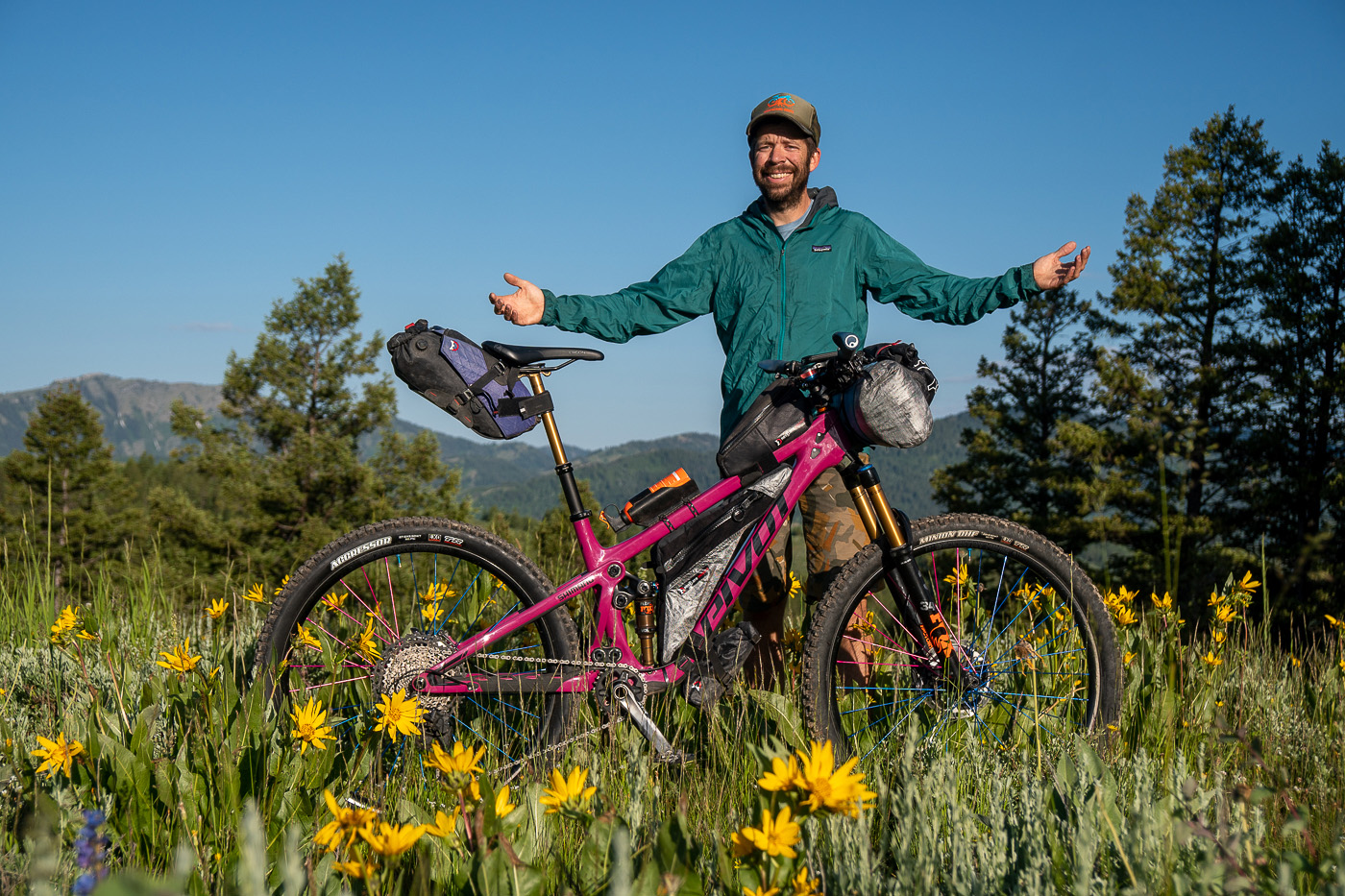
Bike and bags
For 3,000 miles that is mostly tough singletrack, I opted to ride a 140-mm travel Pivot Shadowcat set up mullet-style with a 29″ front and a 27.5″ rear wheel from Industry Nine. It’s been the absolute ideal bike for this style of riding. My Shadowcat is packed with:
• Revelate Pronghorn handlebar system with the medium drybag
• Egress Pocket strapped around the drybag
• 8L Terrapin seat bag
• Custom Revelate frame bag
• Gas Tank
• Revelate prototype bag
The Pronghorn carries my sleep kit and most of my clothes. The Terrapin has my rain gear, Ursack, pot, fuel canister, and a shirt. The frame bag is entirely snacks (4 days worth!), the prototype bag has my first-aid and bike repair kits, the Pocket carries my camera or lightweight snacks, and the Gas Tank carries more snacks. Snacks, snacks everywhere! I also am wearing a 20L Dirt Roamer backpack from Patagonia since I don’t want all the weight on my bike for tough trail and hike-a-bike, and that’s the only way I’d have capacity for the sections of trail that require 5 days worth of food and several liters of water.
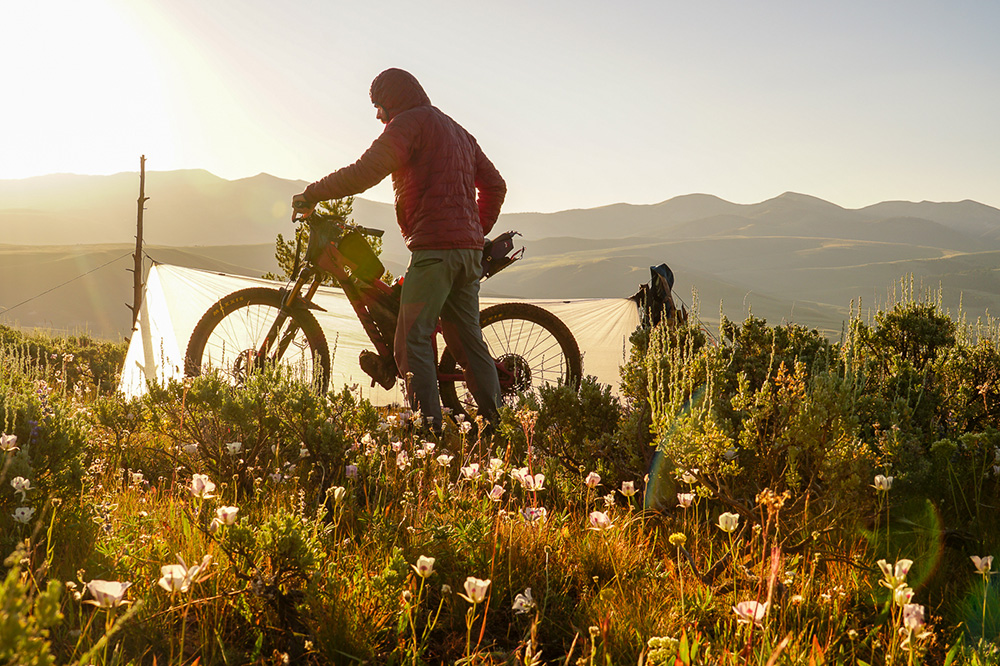
Sleep system
I took a bit of a risk and went with just a tarp and bug head net for a shelter system. The mosquitoes along sections of the CDT in Montana can be quite ferocious, but a full tent just takes up so much space when packed. The 8×10′ Hyperlight Mountain Gear Flat Tarp I’m carrying gets sandwiched between my Pronghorn dry bag and the harness on my handlebars (along with my Tyvek ground sheet), so it doesn’t take up any bag space. I’ve only set the tarp up 6 nights so far for rain or dew, and yes, the bugs were fierce on some nights, but the head net with a baseball cap underneath did an adequate job. If I was hiking and had the backpack volume capacity to carry a tent, I certainly would, but that’s not a luxury I have with this setup. The other part of my sleep system is a 30-degree sleeping bag, full-length inflatable pad, and a small pillow.
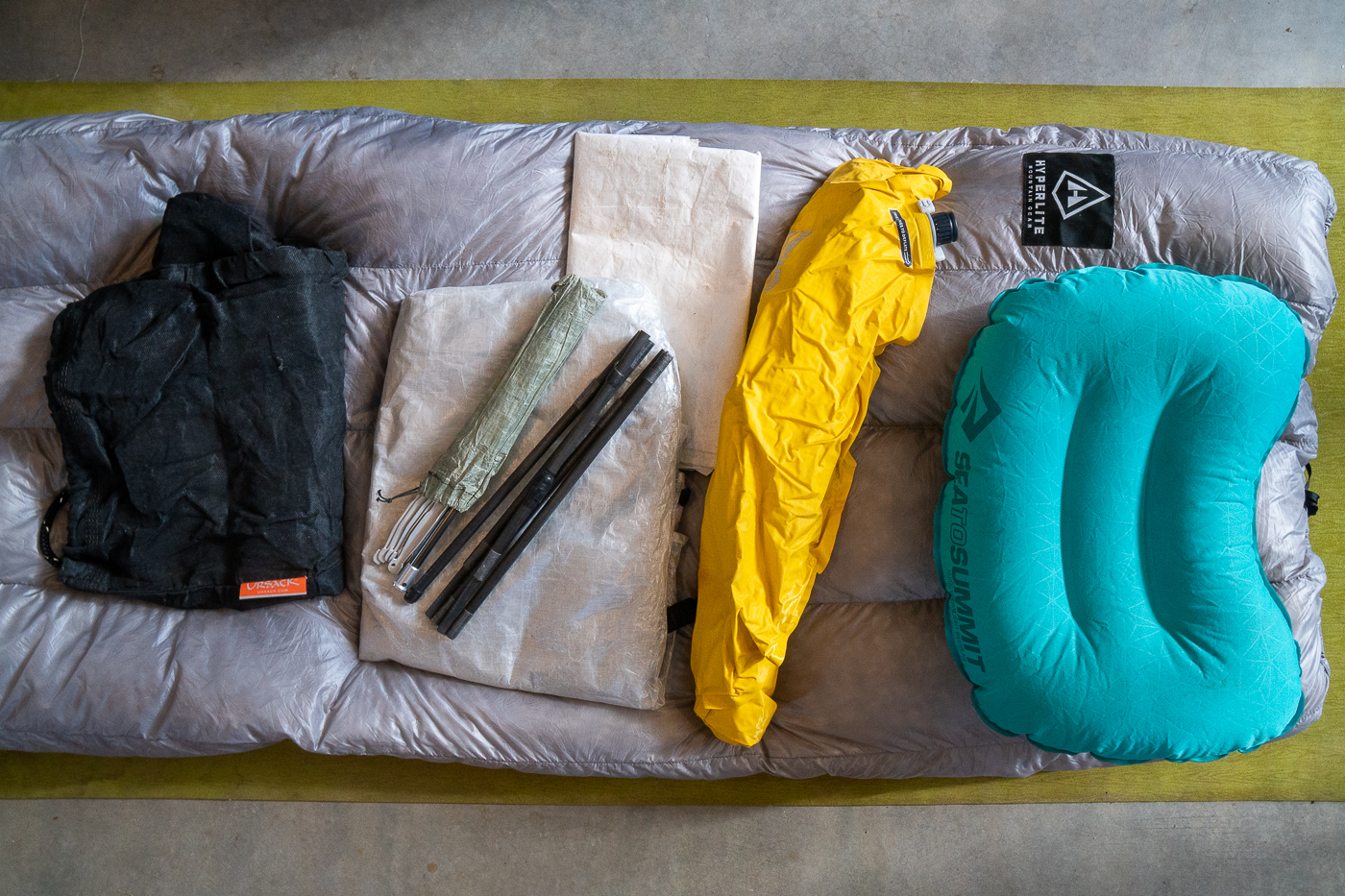
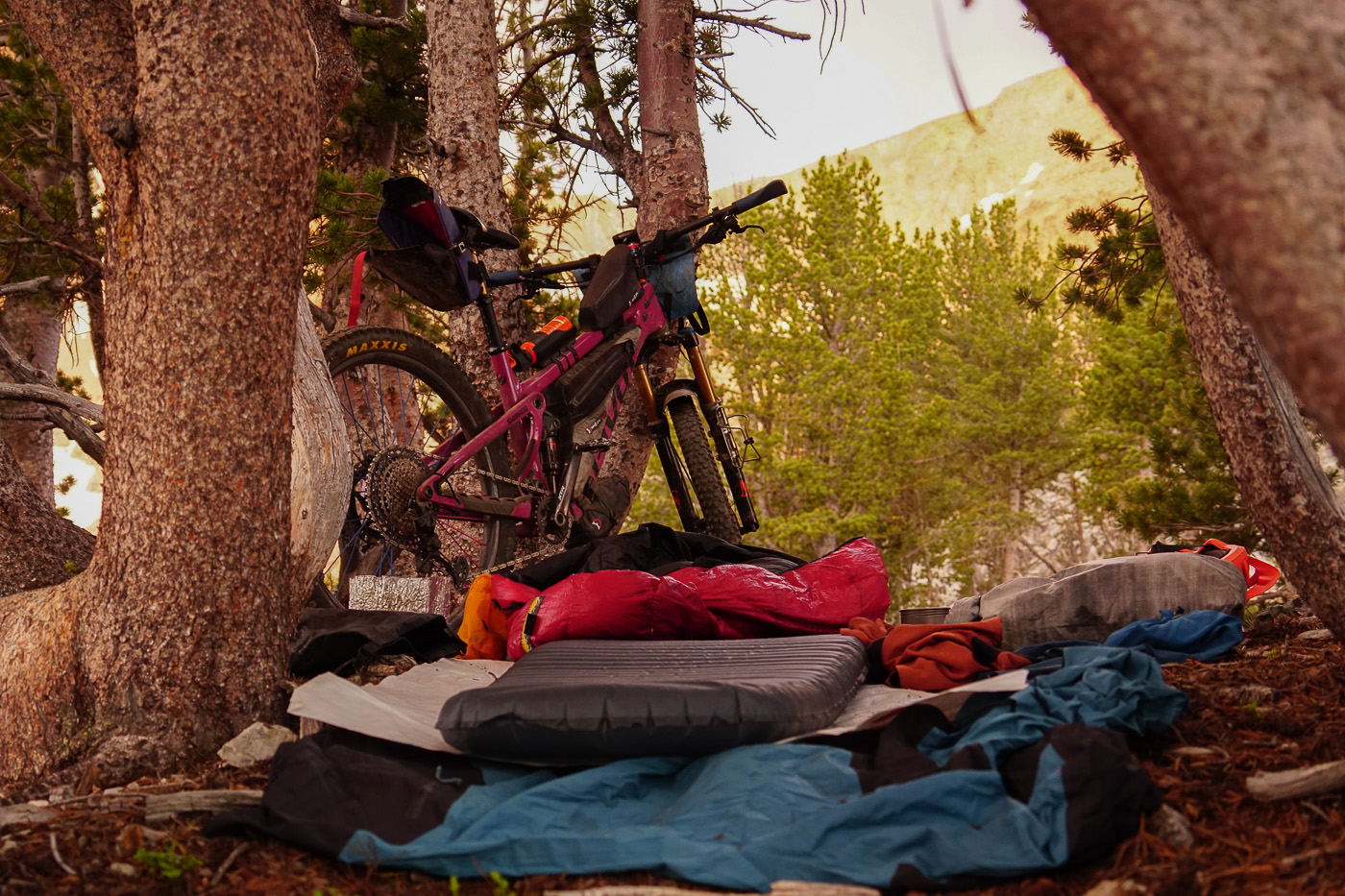
Clothing
My clothing is pretty minimal for this trip – all items that are highly functional for riding, hiking, or just hanging out in a town for a few days, and it’s pretty much all from Patagonia. Baggy shorts and T-shirt, comfortable boxers, full-length ride pants (for bugs or cool weather), a legitimately waterproof Dirt Roamer Storm rain jacket, lightweight rain knickers, a hooded Houdini Air wind jacket (also good for bugs or cool weather), a thin long-sleeve shirt, a synthetic hooded insulated jacket, an extra pair of socks, and some thin tights for sleeping. For shoes, I’m using the Shimano AM9 which have held up incredibly well considering how much hiking I’ve been doing, and I have yet to get a single blister.
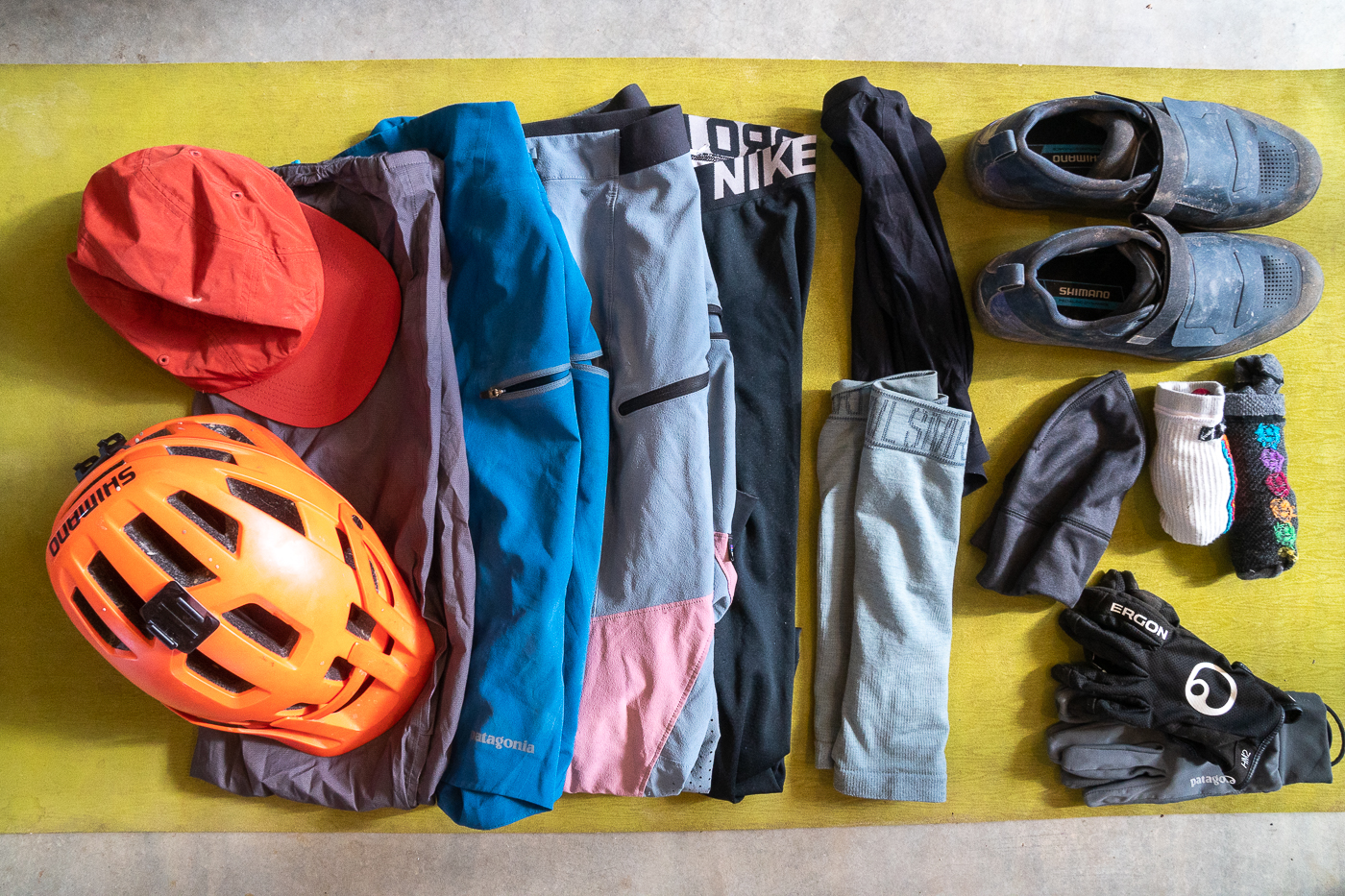
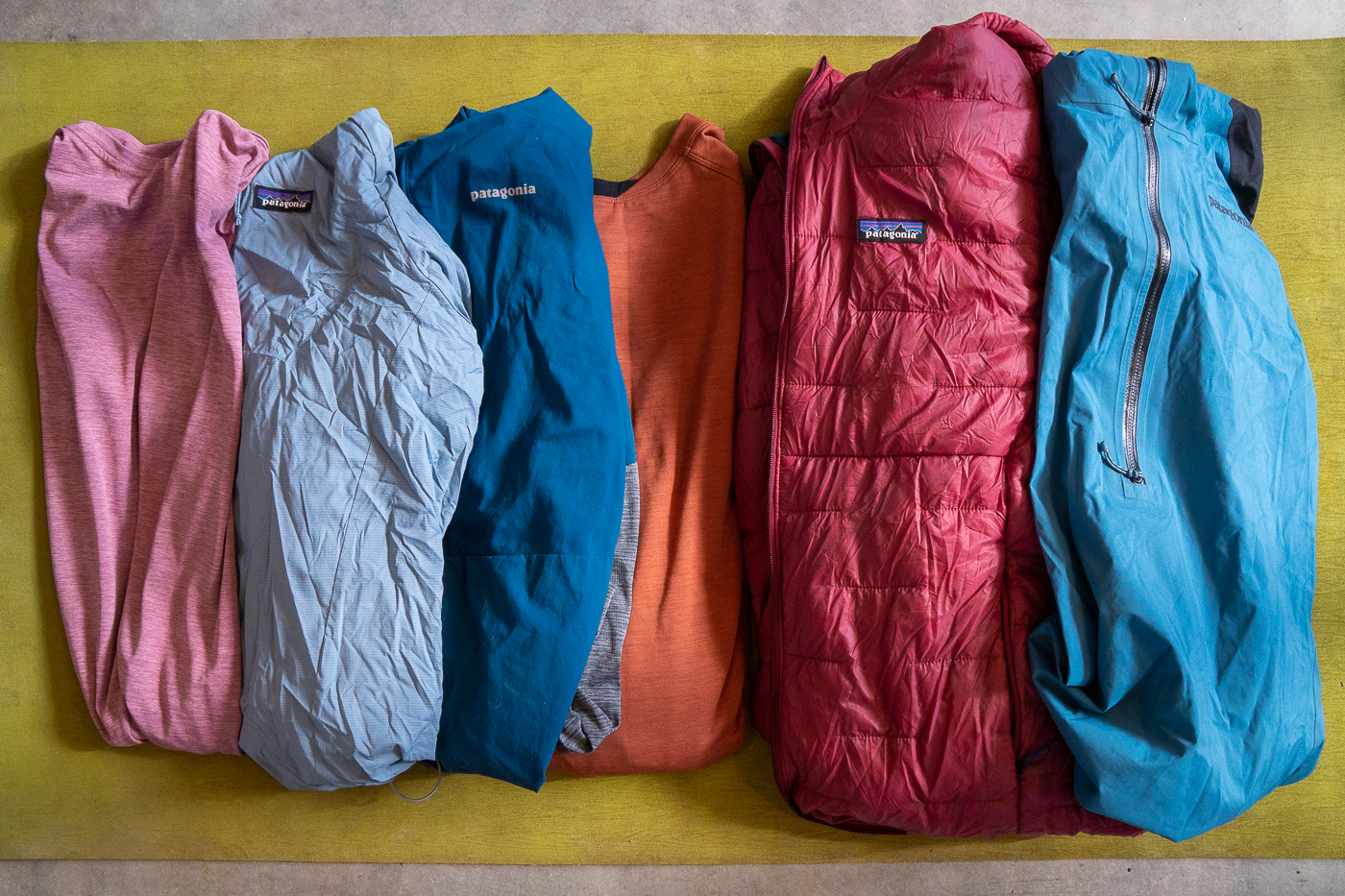
Electronics
I really try to keep this part of my kit as simple as possible. I’m using a Garmin Edge 1040 Solar GPS and my phone for navigation and mapping needs (and the phone also for a data collection project along the way). The GPS lasts for ~6 full days on a charge, and my phone lasts for ~3 days. A 6700 mAh battery gives me ~2.5 phone charges. My InReach Messenger battery will last for weeks (and even allows me to charge other devices), and my camera gives me a week’s worth of use with two batteries. And my Fenix lights will easily give me at least a couple week’s worth of illumination on a trip like this when I’m not riding in the dark all that much (that’ll likely change as the days get shorter, though). I’m also running a SON dynamo front hub, but it’s not all that useful on a trip like this when so much of the riding is at speeds of <6 mph. Speeds that slow don’t produce many electrons for charging, so it’s really only on days when I get some dirt road miles that I can charge anything. All that means I just need to find an outlet to top everything off once a week or so.
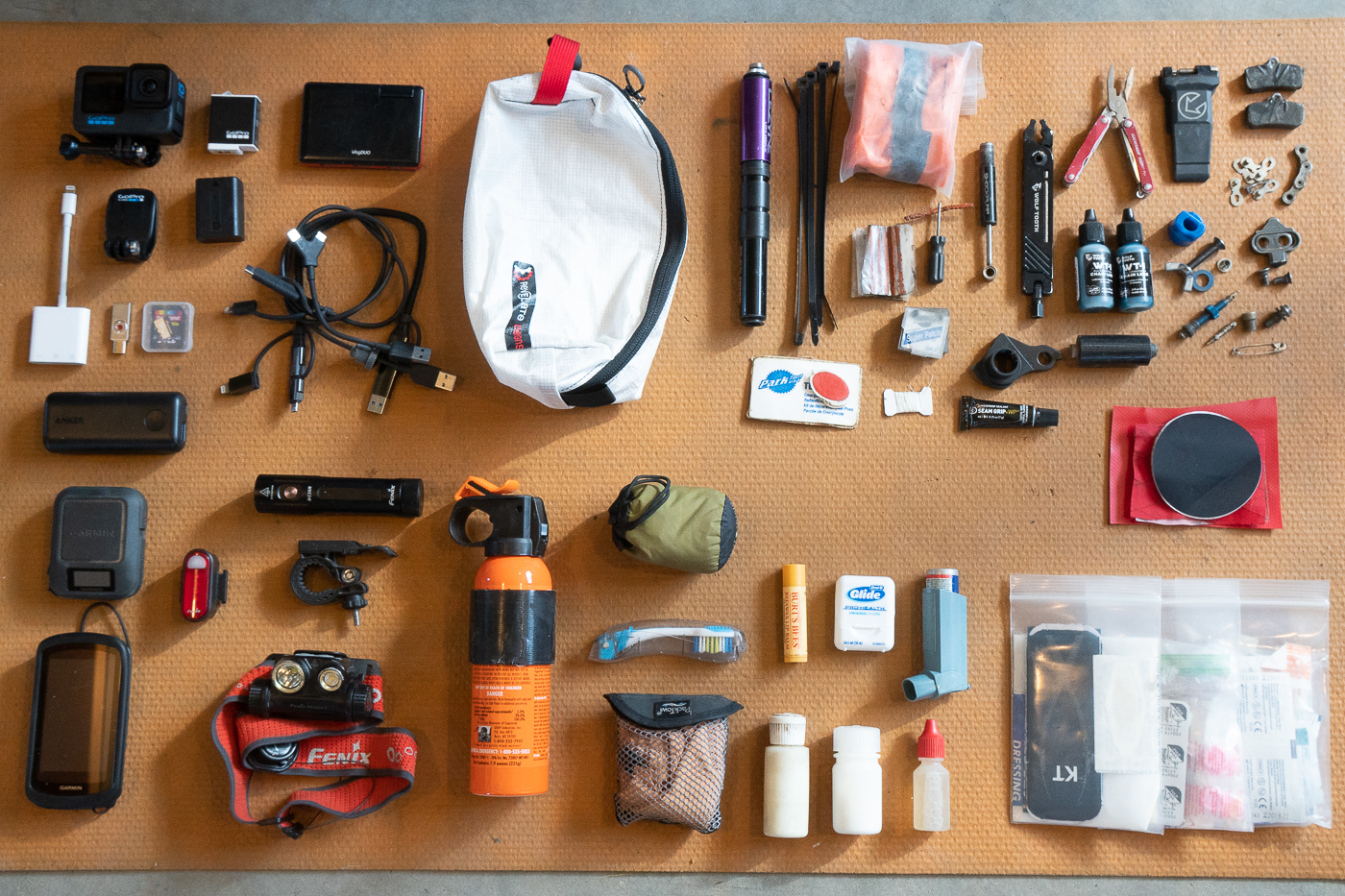
Traveling in grizzly bear country
Much of the first 1,000+ miles of this trip is through grizzly bear country, so that requires some important additional considerations. I carry bear spray in a Bearclaw Holster on my top tube so it’s handy at all times, and I make ample noise. At night, my food and cook kit all goes into an Ursack Major bag and tied to a tree at least 100 m from where I’m sleeping. I also stash my bike with the food since the bags on my bike certainly smell like food. I try to only cook well away from where I’m sleeping (ideally at least 100 m from there and 100 m from where my food is stored at night. I’ve seen an awful lot of grizzly tracks and giant piles of poop, but still no bears.
That’s about it! I might add another long-sleeve shirt to the setup when I get down to New Mexico this fall and the weather starts to cool off, but for now, I’m not changing a thing with this kit!
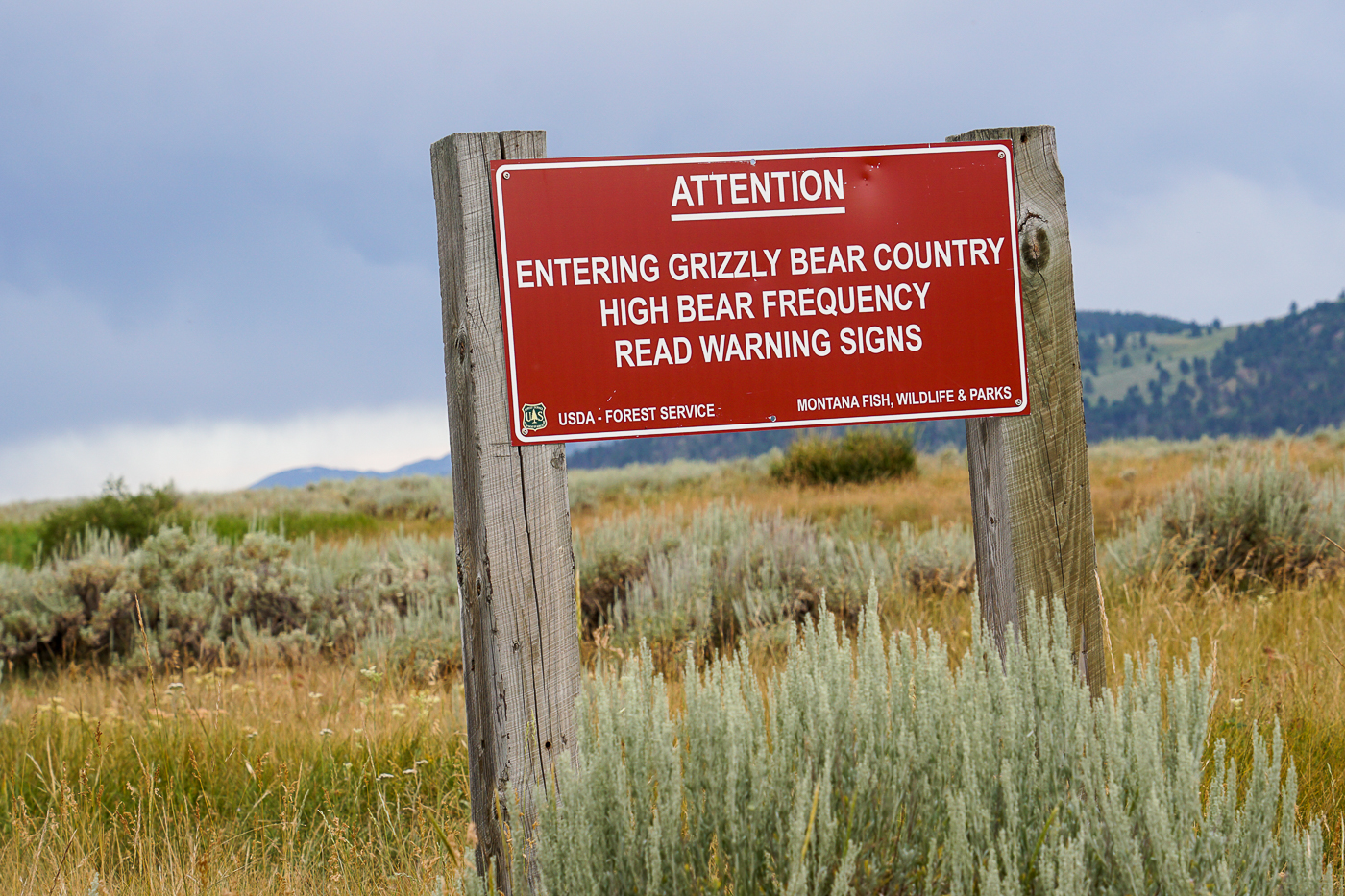
Kurts CDT List
You can follow along with Kurt on his CDT ride here. Plus, keep an eye on his journey via Instagram where he’s posting regular updates from the trail! Learn more about Kurt here.
Kurt enjoys conducting sleep deprivation experiments on himself, the trials usually begin after riding 200 miles of singletrack and don’t stop until his GPS says so. Kurt is a veteran of the AZT300 & holds the record for the AZT750 as well as being a multi-time finisher / pace pusher of the Tour Divide. He’s also a PhD Geologist professor at Prescott College. He has has lead student groups on “Geology by Bikepacking” classes and runs a consulting service Ultra MTB Consulting. His most recent project is advocating for the advancement of bikepacking and landscape conservation through Bikepacking Roots. Kurt seriously gets after it.

